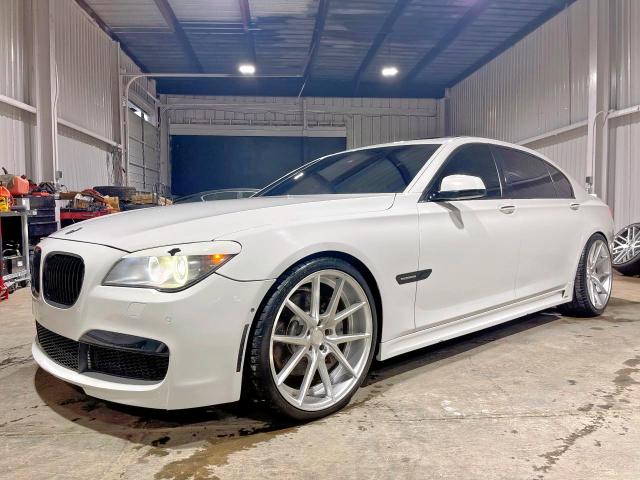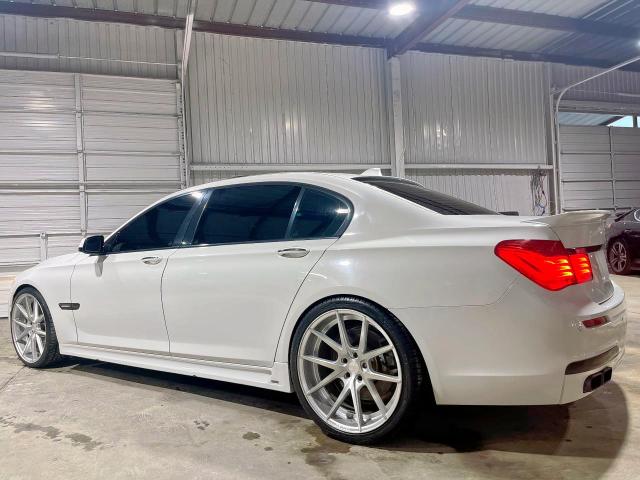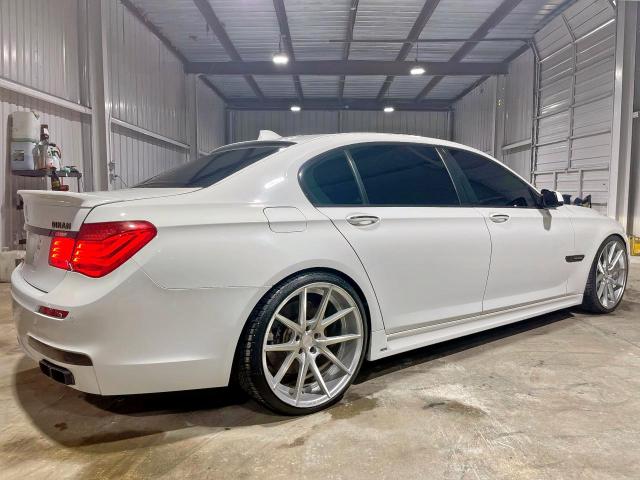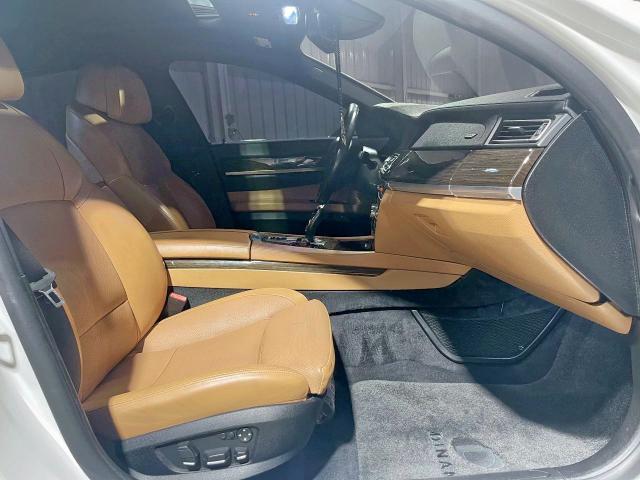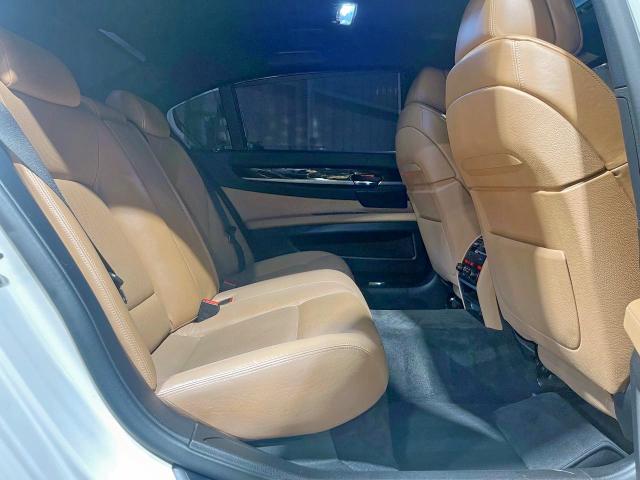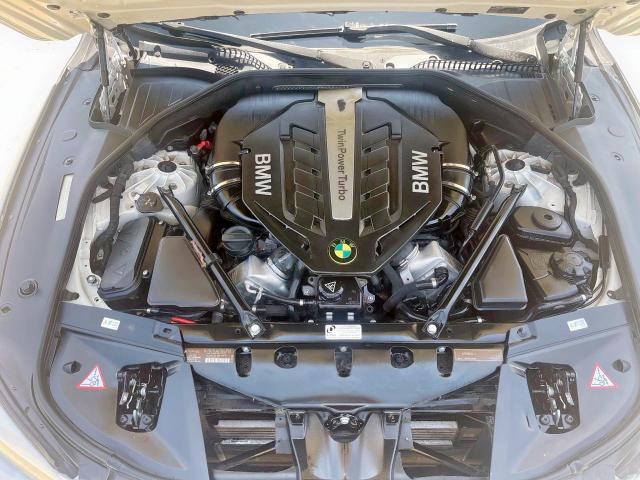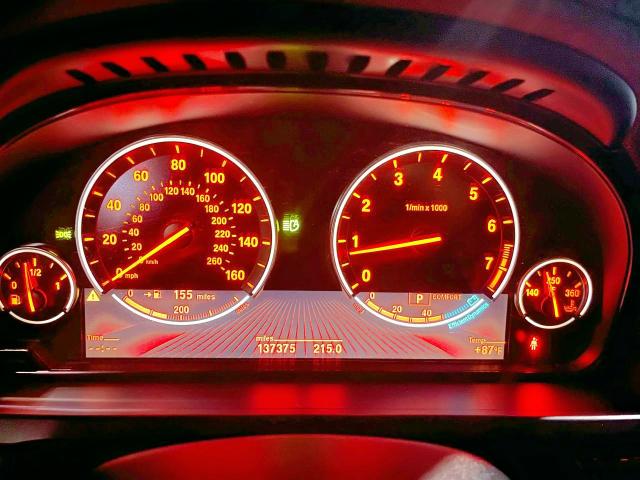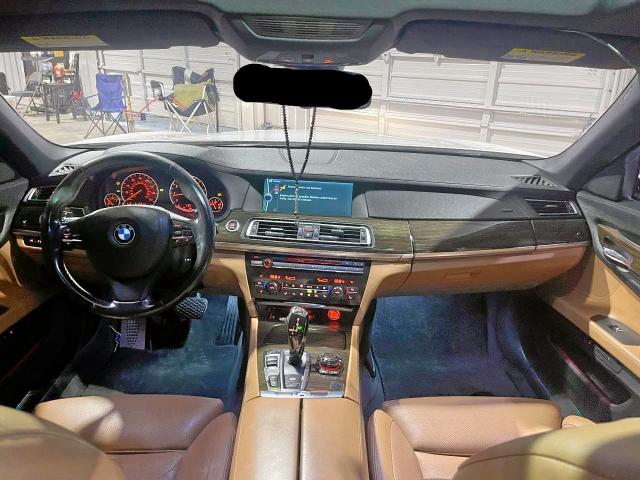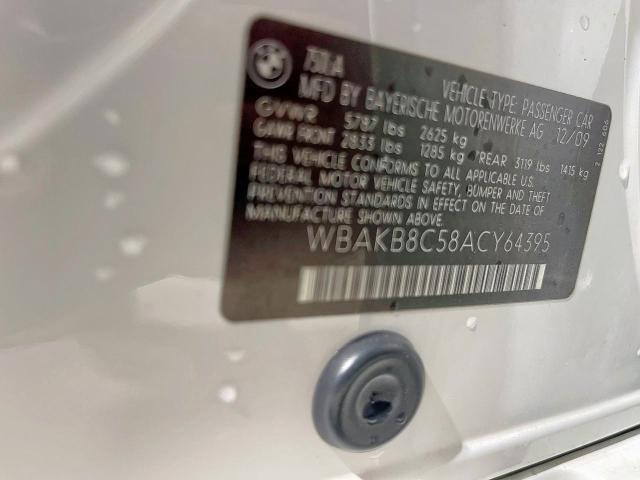2010 BMW 750LI | WBAKB8C58ACY64395
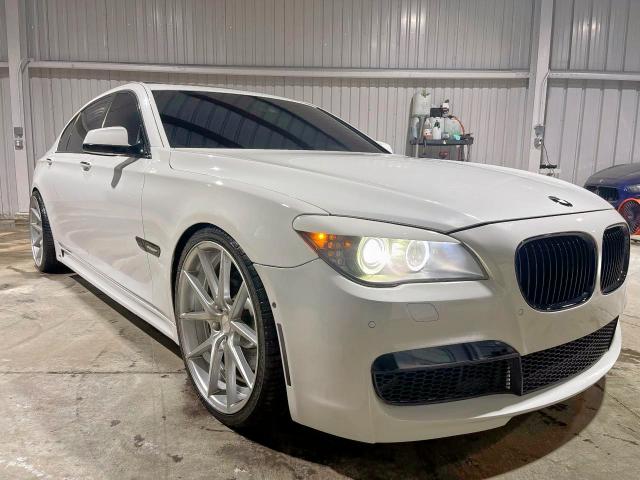 ❯
❯Lot details
- Sale Date06/Jun/2025
- Lot Number59821335
- ACV$29,786
- Sale document
- Location
- Odometer137,375 miles (221,083 km)
- Primary Damage:DAMAGE HISTORY
- Secondary DamageMINOR DENT/SCRATCHES
Vehicle specifications
7
~$150,000
Engine: 6.0L twin-turbocharged V12
Torque: 750 Nm
0–100 km/h: ~4.6 s
Despite its size and weight, the 760Li was an unassuming performance sedan that delivered astonishing pace with imperious composure. The 6.0-liter twin-turbocharged V12 produced 544 hp and an immense 750 Nm of torque from just 1,500 rpm, ensuring seamless and immediate acceleration. The 0–100 km/h sprint was completed in just 4.6 seconds—figures usually reserved for sports cars, not long-wheelbase executive limousines.
Handling was remarkably precise for a vehicle of its class. Integral Active Steering, adaptive air suspension, and Dynamic Drive roll stabilization combined to reduce body roll and enhance turn-in, especially in tight curves. The chassis felt balanced and fluid at speed, aided by an almost telepathic 8-speed automatic that intuitively selected the right gear. While comfort took priority, selecting Sport mode revealed a surprising agility—more subtle than dramatic, but effective in delivering confident control on mountain roads or autobahns alike.
The 7 Series was not designed to thrill in a traditional sense, but to elevate the act of fast driving to one of luxury. It was a flagship that demonstrated BMW’s mastery of engineering—where twelve cylinders whispered, suspension adapted, and performance surged with no more than a toe’s worth of throttle. It made speed invisible, even elegant.
Final Bid BMW 7 Series (2010)
$17,300
$20,300
$23,300
Body Styles
The F01 7 Series was offered in two main configurations: the standard-wheelbase sedan (F01) and the long-wheelbase limousine (F02), the latter of which added 14 cm to the rear passenger compartment. Both shared a stately, three-box silhouette with a long bonnet, gently raked roofline, and wide-set rear haunches. The car’s proportions were classical and balanced, with short overhangs and a stretched wheelbase emphasizing rear-seat priority. The design language was conservative yet refined, with subtle creases, a rising shoulder line, and large kidney grilles that would later influence the brand's boldness. The long-wheelbase 760Li, in particular, stood as a statement of dignified authority, driven or chauffeured.
Model Name Meaning (Manufacturer)
The “7 Series” has historically identified BMW’s flagship sedan range, representing the brand’s peak in technology, luxury, and innovation. The “760Li” designation breaks down into “7” for the model line, “60” indicating the engine size segment (6.0 liters), “L” for the long-wheelbase variant, and “i” denoting fuel injection—a long-standing naming convention across BMW’s executive offerings.
Body & Interior Colors and Rims
The 7 Series featured an extensive range of exterior paints, from conservative tones like Black Sapphire, Mineral White, and Sophisto Grey to rich, exclusive hues such as Imperial Blue, Citrine Black, and Moonstone Metallic from the BMW Individual catalogue. Special finishes like Frozen Bronze or Ruby Black were reserved for bespoke configurations. The Shadowline exterior trim or chrome accents allowed further personalization, aligning the appearance with either sport or luxury intent.
Interior options offered indulgent craftsmanship, with Dakota and Nappa leather available in colors like Black, Oyster, Cinnamon Brown, and Veneto Beige. BMW Individual extended the palette with Merino leather in Amaro Brown, Cohiba, or Platinum, paired with fine wood trims in Piano Black, Dark Ash, or Satin Walnut. Rear executive seating packages included footrests, massaging functions, and folding tables, particularly in the 760Li. Ambient lighting, a full-leather dashboard, Alcantara headliners, and contrast stitching elevated the cabin to near Maybach levels of opulence.
Wheel designs ranged from 18 to 21 inches, with styles that reflected both comfort and performance. Classic multi-spoke and turbine-style alloys came in silver or bicolor finishes, while M Sport variants introduced more aggressive double-spoke patterns. The 760Li often featured polished V-spoke wheels with a dignified, understated presence, emphasizing smoothness over flash.
Top Expensive Options
- Rear Executive Lounge Seating with Massage: $5,500
- Bowers & Wilkins Diamond Surround Audio: $4,800
- Integral Active Steering with Rear-Wheel Assist: $2,200
- BMW Night Vision with Pedestrian Detection: $2,600
- Full Merino Leather with BMW Individual Package: $6,000
- Adaptive LED Headlights with Auto High Beam: $1,900
- Active Cruise Control with Stop & Go Function: $2,400
- Rear Seat Entertainment System with Dual Displays: $3,100
- Panoramic Sky Lounge LED Roof: $1,700
- Soft-Close Doors with Comfort Access: $1,100
vs Competitors
In its era, the BMW 7 Series faced direct competition from the Mercedes-Benz S-Class and Audi A8. The 760Li, with its V12, aimed to outmatch the S500 and even challenge the S600 in technical elegance and driver involvement. While Mercedes dominated in plushness and rear-seat experience, the BMW countered with sharper steering, better weight distribution, and a more engaging driving feel. Against the Audi A8, the 7 offered superior steering feel and dynamics, although the Audi had the edge in tech minimalism and quattro traction. The 7 Series split the difference between chauffeur comfort and driver ambition—a car that could be rewarding from any seat, front or rear.
Fun Fact
The F02 760Li was the first-ever BMW sedan to use a V12 engine with twin turbochargers, and it was also one of the last BMWs to offer a full hydraulic steering rack, making it a cult favorite among purists for its natural feedback, even in a limousine-sized body.


